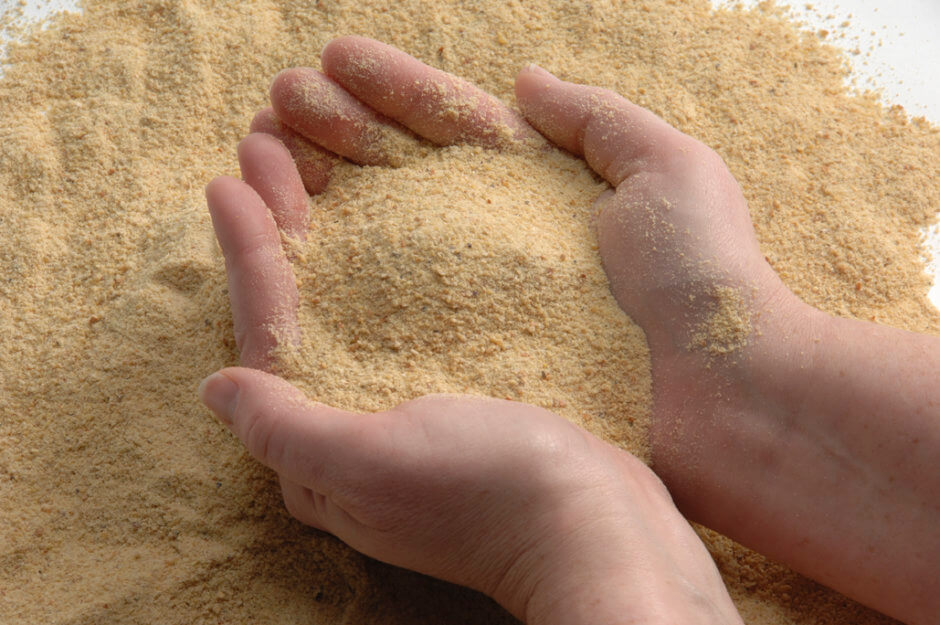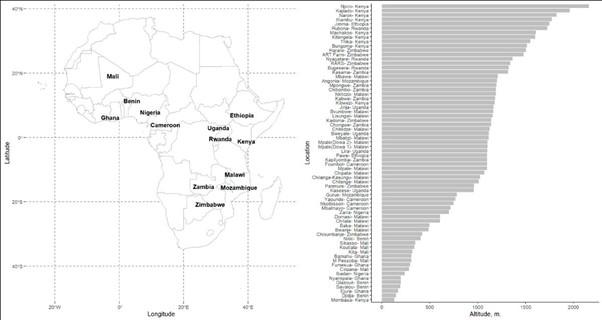New Research Will Help Africa’s Soybean Farmers

Africa’s economies are growing. More people are joining ‘the middle class’ and spending more money on better food for themselves and their children. Demand for poultry, eggs, milk and soy pieces are growing significantly. Many of these foods depend on soybeans and cereals as the key feed ingredients. Insta-Pro provides high-quality equipment designed to process soybeans in the most effective, science-backed methods possible.
Soybean production in Africa is increasing every year. However, a problem is to be overcome: most soybean cultivars are bred for North and South American conditions that don’t match African soil and climate environments. For the region to become self-sufficient, this challenge must be overcome. This is where programs like the Soybean Innovation Lab come in.
Soybean Innovation Lab (SIL) is a project led by the University of Illinois which is bringing change to African soybean growers. SIL researchers are working with soybean breeders to improve soybean cultivars specifically for African environments, to create fast-maturing lines that increase the number of harvests and in turn increase farmers’ profits.
Guillermo Marcillo from the Department of Crop Sciences at University of Illinois says:
“It is important for producers and breeders to know when a cultivar is going to mature at the that moment when a plant is at full capacity and performing its best. We were motivated to fill in gaps of knowledge around maturity timing in Africa.”
SIL soybean breeders have analyzed five years’ worth of data from Pan-African Soybean Variety Trials (called PATs), with 176 cultivars grown 68 African sites. The trials are currently operating across 100 sites and 24 countries.

Countries, trial sites, and altitudes, considered for a soybean maturity prediction model adapted to soybeans grown in African conditions (Soybean Innovation Lab, Pan-African Variety Trials: SIL–PAT, 2015–2020.)
The researchers have analyzed cultivar time-to-maturity against environmental variables, including temperature, day length and elevation, using a statistical method (GAM.) The model is able to predict soybean time-to-maturity within 10 days for cultivars planted across Africa.
The researchers found that environmental factors, specifically daily minimum temperature and change in day length between planting and maturity, are far more important than genotypic differences in predicting time-to-maturity. When farmers plant seeds designed for other environmental conditions, the maturity with drastically change.
“We focused on time of maturity in this first project, but our method can apply to many other traits of economic importance such as yield, grain quality, protein content, and oil content,” Marcillo says.
Like other countries around the world, African economies benefit when their farmers grow more soybeans. Once the soybeans are grown, Insta-Pro steps in with the nutritional and processing know how to unlock the key nutritional benefits of raw ingredients. By offering advanced services with the purchase of our equipment, processors have the support they need to ensure optimized product output and maximized financial and nutritional value. Contact an Insta-Pro sales representative to learn more.



